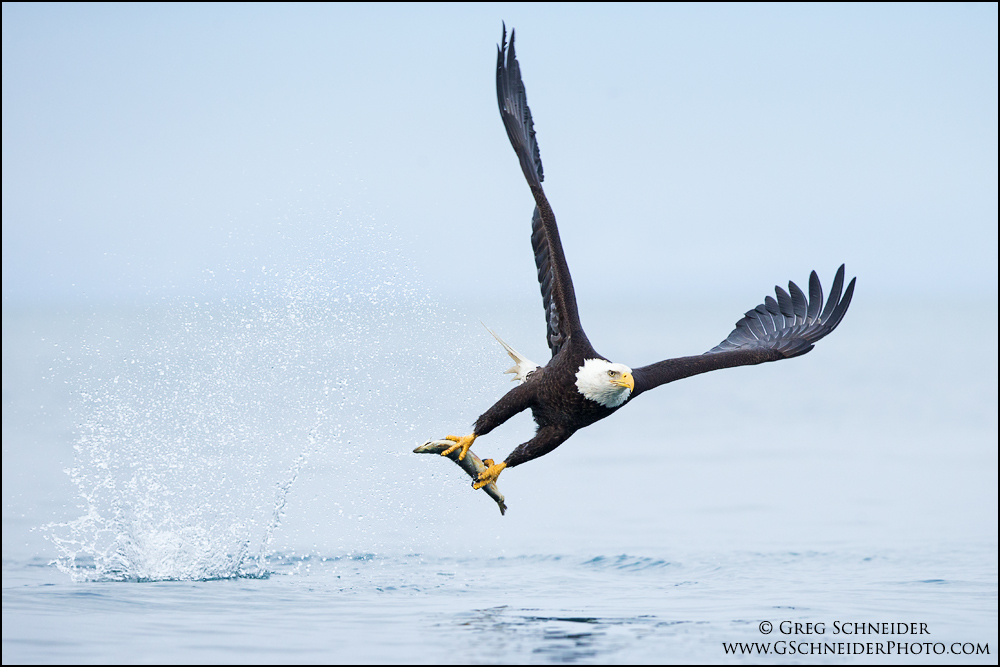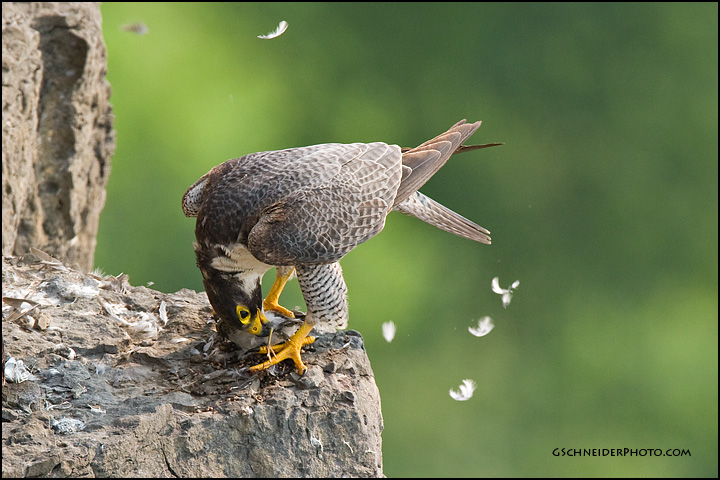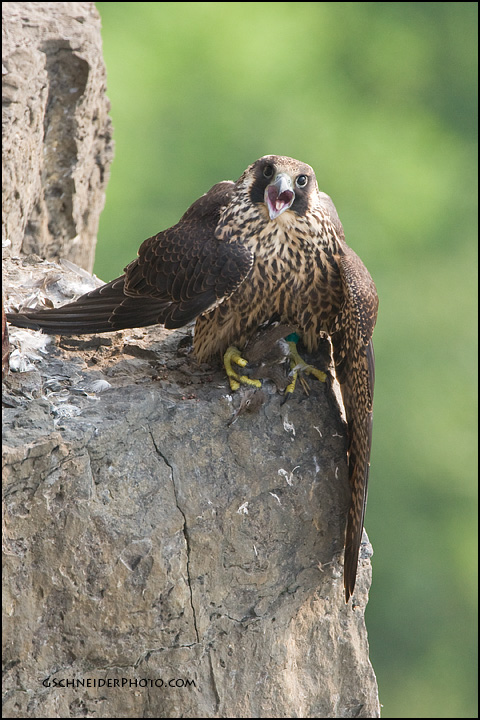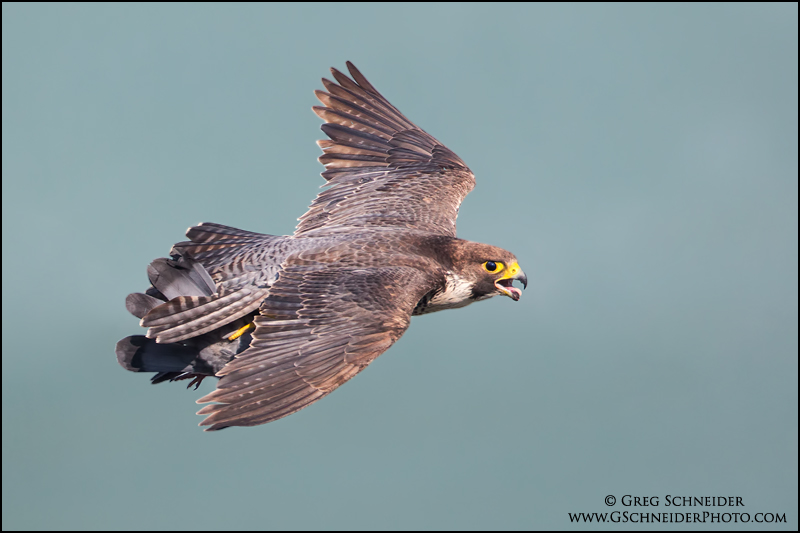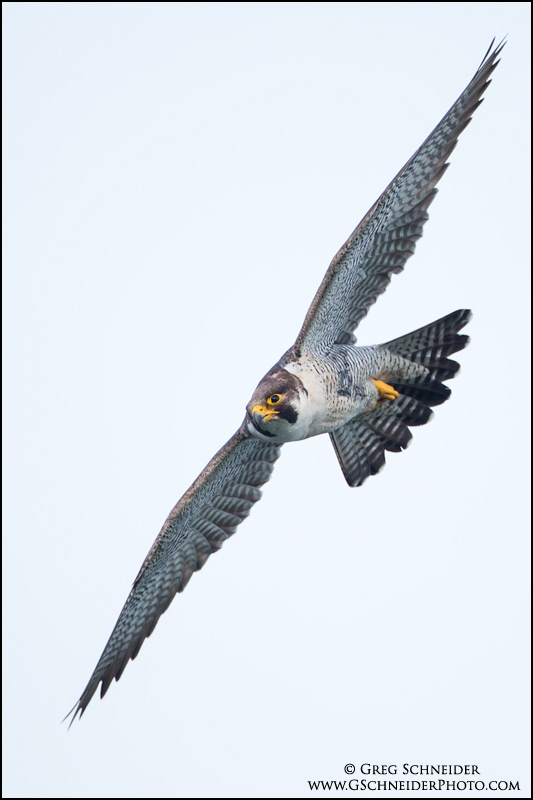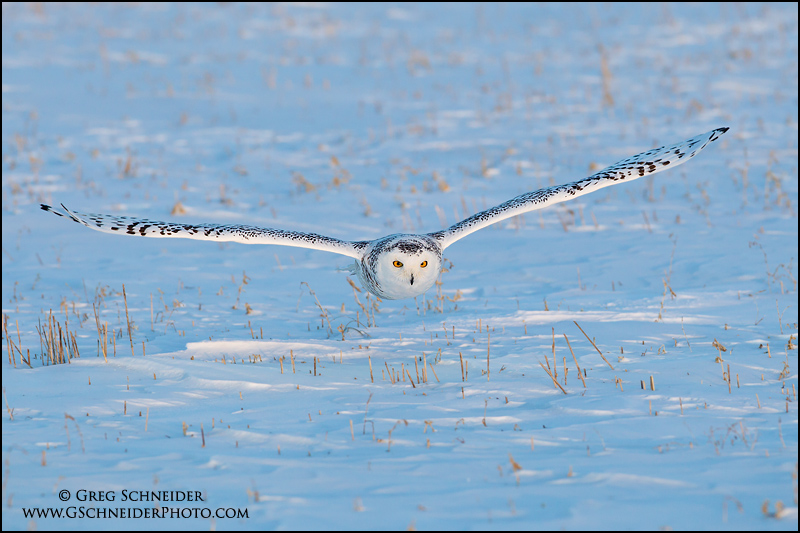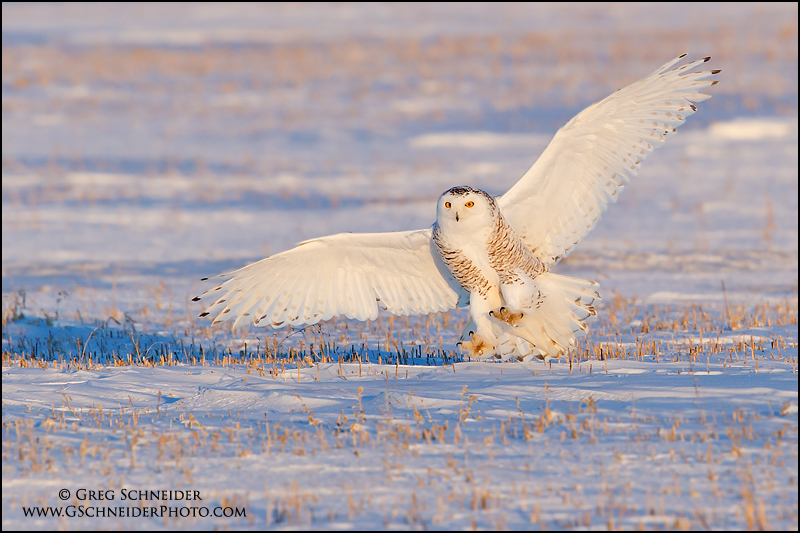Category: Birds of Prey
Bald Eagle preview
Peregrines of Niagara Falls
As residents of cliffs (alternatively, downtown office towers), it should come as no surprise that peregrine falcons breed at Niagara Falls. My first visit was in 2008, when they nested on the Canadian side and entertained photographers and birders at length. From my understanding they then bred on the American side for several years, which is not well-suited for photography. This year (2012) they once again nested on the Canadian side, in the old OPG building. This put them directly below the sidewalk along the edge of the gorge, just hundreds of yards from the falls’ edge.
I visited on several occasions, and while opportunities are never guaranteed, one day in particular was incredible, with the young peregrines testing their wings, chasing each other and learning how to take food from their parents – all in midair. It is one of a kind sight to see a peregrine rapidly coast upwards on thermals, just inches from the gorge’s fall, spiralling hundreds of feet up, only to tuck its wings back in a rapid stoop in pursuit of prey. These spectacular stoops are almost too difficult to photograph at close range, as these have been measured at nearly 200mph! Here’s to hoping they return next year to entertain onlookers. To be honest, I think the birds are almost more curious about us at times than we are of them.
Snowy Owls in sweet light
I’ve added two more images of snowy owls from last winter, photographed here in Ontario, Canada. I have many more photos to go through. I really liked the light on both of these, and it was great to have this co-operative female snowy to photograph as she hunted.
Eastern Screech Owl youngsters
Eastern Screech owls are among one of the most common owls in many areas, but their small size and retiring nature make them very difficult to find. Nesting in cavities, their whinnying and spooky calls can be heard most readily at night in the mating season. Many people are shocked when they find out that these owls often live close to their homes in ravines and other natural areas.
A few years ago I was fortunate enough to learn of an Eastern Screech owl family that had nested in a local park. While extremely hard to find (and often only found because of other birds mobbing them), I had a few successful photo sessions with them. The young “owlet” fledglings were especially cute with their comical, big eyes and downy feathers. To my surprise and disappointment, I have not been able to find them this year, and only saw them briefly early in the season last year.
I’ll post some adults next!
Northern Hawk Owls Part 2
Ottawa was host to at least one hawk owl last winter. They are more common at those latitudes, but still don’t occur that often; in fact I haven’t seen one this year, although there have been a few scattered reports. The light was better than on my previous trips to the local hawk owl the previous year.
Strix nebulosa
In my opinion, one of the most appropriate Latin names for any bird is that of the Great Gray Owl: Strix nebulosa. The species certainly has a nebulous character, roosting deep in dense woods, and only appearing at the edges of open areas near dawn and dusk to hunt, which makes it rather hard to find with the limited hours of daylight in the winter. Once one actually locates this owl, it is immediately evident that though it seems very lethargic, it is extremely aware of all that is happening in its surroundings. For instance, it is very possible to have them suddenly launch off their perch only to catch a vole under a few feet of snow. They show very little fear of humans; there have been many photos posted showing people standing right next to a Great Gray Owl. When in flight, their wingspan is truly impressive.
They tend to come south in any good numbers only once every few years, when the vole population crashes further north. The large invasion in the winter of 2004-2005 was well documented, but in the years since then there haven’t been too many that came south.
This past winter I was able to get numerous photos of a pair of them that wintered near Ottawa; most photos are from a trip in February with Alex Mody.
Northern Hawk Owls
Raptors are always one of my favourite subjects to photograph. Their size makes them easy to spot and they are generally more approachable in the winter, and the absence of leaves on trees makes them even easier to spot as they often hunt on roadsides.
One of the more unusual owls for a southern area Northern Hawk Owl. We had one over-winter near Hamilton in 2008 and it stayed for about two months. It was an unprecedented bird for the area, and many people saw it during its stay. A small, falcon-like owl, it lives up to its name – hunting by day and mostly by sight. They can be quite aggressive, and show little fear of people.

This Hawk Owl posed for a few minutes on this pole, seemingly showing off his catch. (click to enlarge)
